Why Subaru Believes the World Needs the 2022 Subaru BRZ

We don’t need to tell you cars are becoming a smaller and smaller slice of the yearly sales pie. Sports cars are the whisp of whipped cream on top of that. So Subaru would have been forgiven if it quietly stepped away from the table at the end of the first-generation BRZ’s production run. But it hasn’t. Luckily for fans of small, lightweight coupes, Subaru is sticking around, with the 2022 BRZ set to arrive with a raft of improvements targeting better performance, more safety, and modern amenities. During the car’s Canadian debut, we sat down with the team behind it to find out why it’s an important car for the brand.
Subaru wasn’t immune to the pressure of 2020. Like many automakers, it saw sales crater in the first half of the year, as the global pandemic ravaged every market. Yet a surprising thing happened by the end of the year: BRZ sales barely dropped. The segment is projected to hold steady moving forward, too. With competitors’ numbers dropping, Subaru is poised to capitalize, especially in a segment so driven by desire.
“This is one of those vehicles where it’s not a basic transportation vehicle you have to have. It’s one you want to have,” says Ted Lalka, senior VP of marketing and product development. For Subaru, that’s part of the reason for the simplified trim walk this generation. “When it gets to that category, you want it the way you want it,” says Lalka. “If I want it in white, and you have a black one, it’s not like ‘it doesn’t matter, I’m just driving to work in this thing anyway,’ no, if you want that color, you want that color. You want that trim level.”
SEE ALSO: 2020 Mazda MX-5 Miata vs 2020 Toyota 86 ComparisonDespite plenty of pre-release rumors, the second-gen BRZ remains turbo-free. Instead, Subaru has dropped a larger-displacement flat-four under the low hood. Now up to 2.4 liters, the engine produces 228 hp, up from the previous 205. More importantly, torque is up across the rev range, with 184 lb-ft available at 3,700 rpm. For those keeping score at home, that’s a 15-percent increase, and a full 2,700 rpm sooner. Not only will that improve everyday drivability, it slashes a second from the BRZ’s sprint to 60 mph (96 km/h).
Transmission choices remain two six-speed setups: a row-your-own manual, and an automatic. Subaru has updated the three-pedal setup for smoother shifting, while the auto gains standard paddle shifters and a downshift blip ability. There are other detail changes between the transmissions, focused on the subtly different roles they play for drivers. In the manual car, the center armrest is lower, to avoid getting in the way of elbows during shifting. The exposed cupholder is also gone in the stick-shift model.
SEE ALSO: Subaru Crosstrek vs Mazda CX-30 ComparisonFurther helping the BRZ’s performance is a strict diet. Subaru says it added roughly 165 lb (75 kg) of safety features, that larger engine, and other improvements, but also chopped 143 lb (65 kg) thanks to clever material selection and piece-by-piece revisions. The end result is a sports car tipping the scales at just 2,817 lb (1,277 kg), The 2022 BRZ is an inch (25 mm) longer, but 0.4 inches (10 mm) shorter. Width remains the same as before (69.9 inches / 1,775 mm). Lower seat mounts drop the hip point a further 0.2 inches (5 mm), resulting in an even lower center-of-gravity than before.
The hard truth is that nothing else on the market—beyond the inevitable Toyota sibling—offers quite what the BRZ does. The only car in its price range with a similar focus on purity and light weight is the Mazda Miata, and that’s a two-seat drop-top. Subaru also sees the BRZ as a key model to draw in younger buyers. For many, the coupe shape and rear seats make the BRZ a viable daily-driver. The brand also says it sees a lot of current Subaru SUV owners picking up the BRZ as a second car. All of this adds up to the brand focusing on two basic segments moving forward: SUVs, and sports cars.
While the original BRZ can be (and is) used as a daily driver, it lacked some of the more modern features buyers expect. Subaru has brought in a few key upgrades, specifically its contemporary 8.0-inch touchscreen system. Automatic models will also gain Subaru’s EyeSight system, which groups many current safety features together, such as dynamic cruise control, blind-spot monitoring, rear cross-traffic alert, and lane assists. No matter the transmission choice, the BRZ will offer a new digital instrument panel. It changes depending on driving mode: Sport mode shows off a g meter, while Track mode switches to a linear tachometer with available lap times.
With the 2022 BRZ, Subaru sees a small but important opportunity. The brand believes there’s still a market for a fun, daily-drivable coupe. Whether it’s the only car in the garage or it shares space with another, it’s also a key brand loyalty builder. The 2022 Subaru BRZ is set to arrive in dealerships early autumn. We look forward to getting behind the wheel to see if the second serving is just as sweet as the first.
Discuss this story at our Subaru BRZ forum.
Become an AutoGuide insider. Get the latest from the automotive world first by subscribing to our newsletter here.

Kyle began his automotive obsession before he even started school, courtesy of a remote control Porsche and various LEGO sets. He later studied advertising and graphic design at Humber College, which led him to writing about cars (both real and digital). He is now a proud member of the Automobile Journalists Association of Canada (AJAC), where he was the Journalist of the Year runner-up for 2021.
More by Kyle Patrick








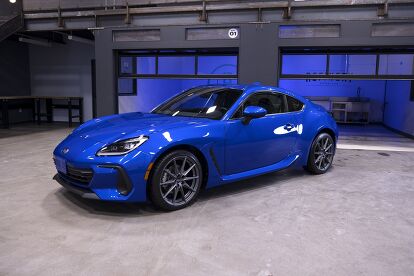


















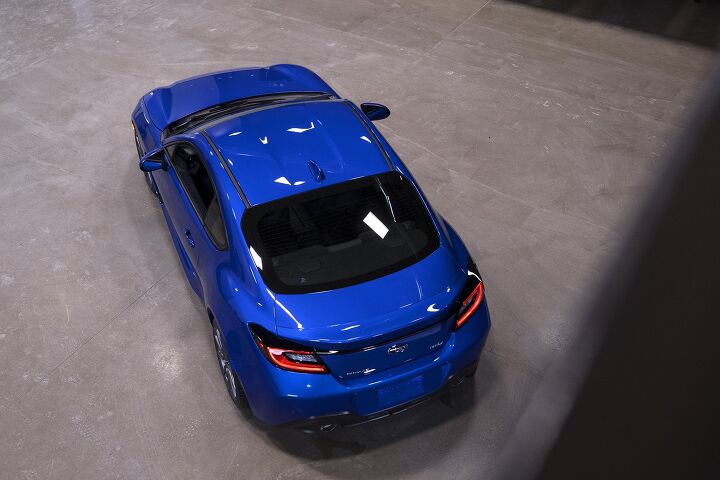














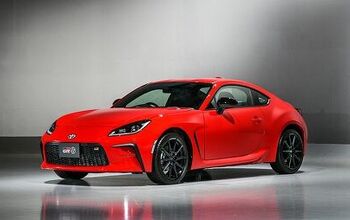
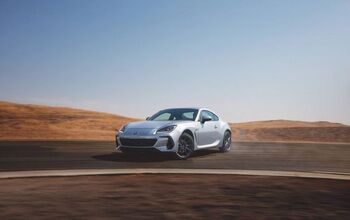


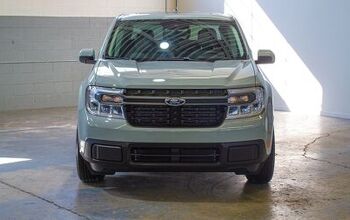
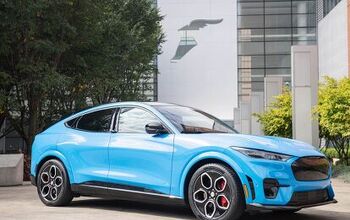


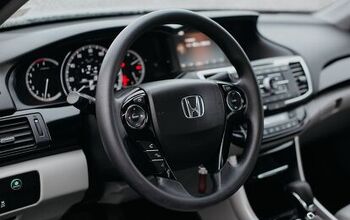


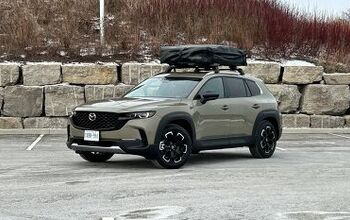

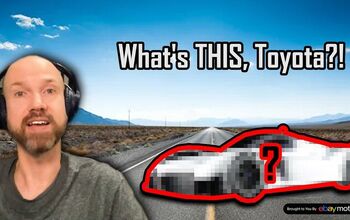


Comments
Join the conversation